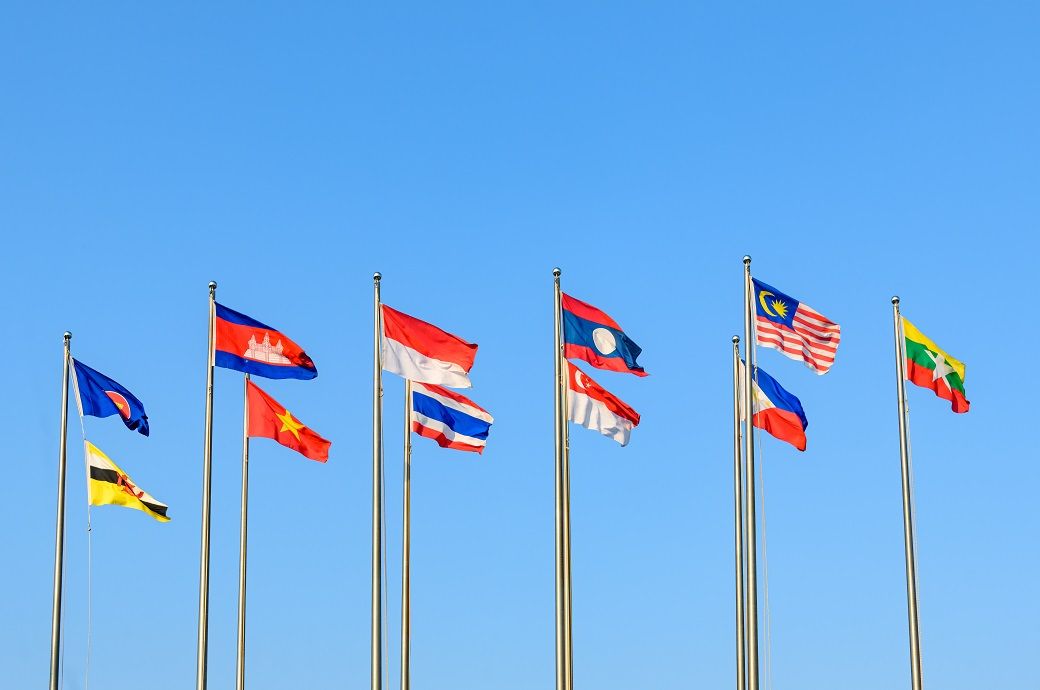
For the current year, AMRO anticipates a growth rate of 4.4 per cent for the ASEAN+3 region, slightly adjusted from the April 2024 forecast of 4.5 per cent. This growth is expected to be driven by strong employment conditions and stable prices, which will bolster domestic demand. Additionally, export growth is set to return to positive territory due to improving global demand.
The growth forecast for the ASEAN sub-region is expected to rise from 4.2 per cent in 2023 to 4.8 per cent this year. In contrast, the growth for the Plus-3 economies—comprising China, Hong Kong, Japan, and Korea—is projected to remain steady at 4.4 per cent, as per the quarterly update.
Looking ahead to 2025, AMRO predicts a slight easing in growth to 4.3 per cent, as regional economies converge to their trend growth rates.
“The overall balance of risks to the region’s outlook has improved since April,” said AMRO chief economist Hoe Ee Khor. “Real estate aside, China’s economy continues to grow robustly. Tourism has rebounded close to pre-pandemic levels for most economies in the region, and the global semiconductor recovery is broadening to benefit more economies and sectors in ASEAN+3.”
Inflation in the ASEAN+3 region, excluding Lao PDR and Myanmar, is forecast to moderate to 2.1 per cent in 2024, down from the previous forecast of 2.5 per cent. Despite this, downside risks to inflation persist, particularly if geopolitical tensions escalate and trigger increases in global commodity and shipping prices.
The report also highlights increased risks related to the US economy. Prolonged higher interest rate expectations in the US have put pressure on many of the region’s currencies. Additionally, the ASEAN+3 asset markets could experience heightened volatility leading up to the November US presidential election, especially if campaign dynamics exacerbate US-China trade tensions.
“The bad news is that the region’s outlook next year could be significantly affected by the outcome of the U.S. elections. The good news is, the region has weathered similar shocks before,” Khor said. “Our economies need to keep rebuilding policy space and pursue policies to enhance resilience to shocks.”
Fibre2Fashion News Desk (KD)